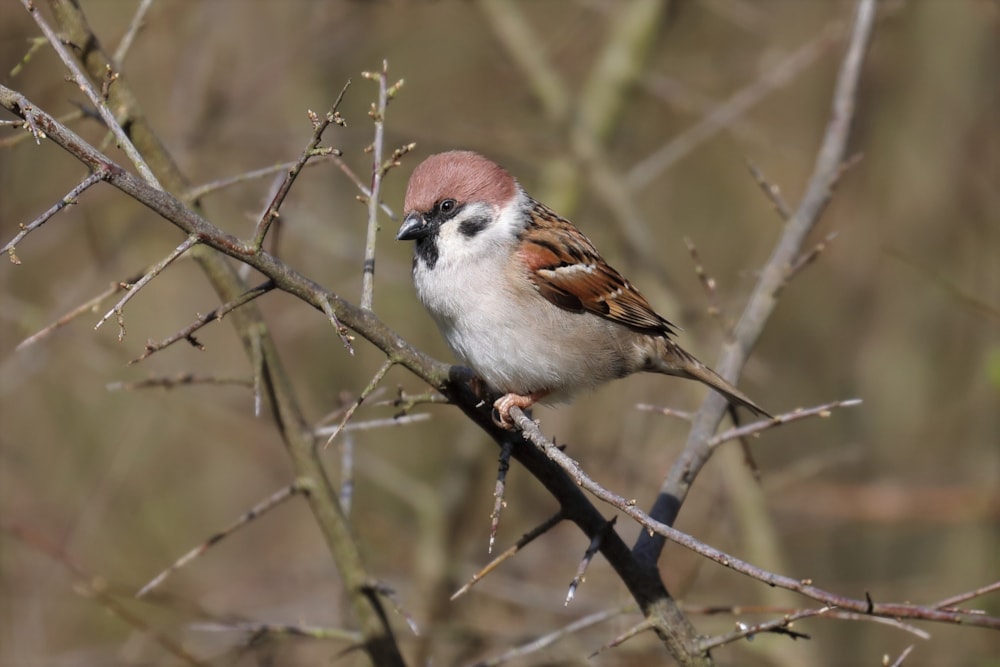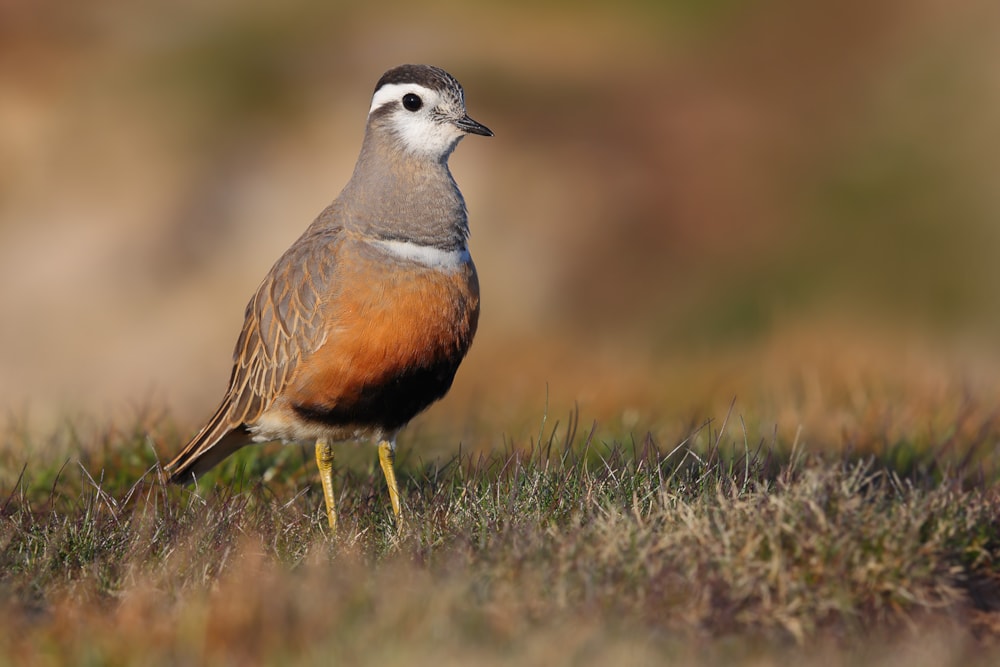New report reveals huge declines in Europe's birds
A major new study examining the breeding avifauna of the EU and UK shows that one of every six birds has been lost over a 40-year period and that, overall, we have lost around 600 million breeding birds since 1980.
Scientists comprising a team of European collaborators from the RSPB, BirdLife International and the Czech Society for Ornithology analysed data for 378 out of 445 bird species native to countries in the EU and UK.
Between 1980 and 2017, the authors estimate an overall population decline between 17% and 19%, equating to a loss of between 560 and 620 million individual birds. In fact, some 900 million birds have been lost during that period, but there has also been an increase of around 340 million in certain species that are propsering. Very large declines in a small number of common species account for a large proportion of these losses and the same is true of the increases.

Around 30 million Tree Sparrows have been lost across Europe since 1980 (Peter Miles).
The study was compiled using data from the European Bird Census Council's Pan European Common Bird Monitoring Scheme, and mandatory reporting by EU Members States to the European Commission under the EU Birds Directive.
The once ubiquitous House Sparrow has been the worst hit. Half of its European population – around 247 million birds – has been lost since 1980. Its close relative, Tree Sparrow, has also lost 30 million birds. Both have been affected by changes in agricultural policy and management, but urban-dwelling House Sparrows have also declined, with food shortages, the spread of avian malaria or the effects of air pollution also possible causes.
When comparing populations by habitat, the highest total losses were seen amongst farmland and grassland birds. It is widely recognised that changes in farming practices driven by policy are responsible for a precipitous decline in wildlife. As a group, long-distance migrants such as Willow Warbler and Yellow Wagtail have also declined proportionally more than other groups, as have waders such as Northern Lapwing and Eurasian Dotterel.
While much of the decline in bird numbers occurred during the 1980s and 1990s, in the last decade the rate has slowed. In the EU, the Birds Directive and the Habitats Directive provide legal protection to priority species and habitats and have been shown to benefit bird species, as well as enhancing habitat protection.
As an example, seven bird of prey species have increased in recent decades following increased protection and reductions in pesticides and persecution, as well as from the introduction of targeted recovery projects. Without the introduction of these directives, there is little doubt that declines in many species would have been much worse.
However, this work supports previous research showing substantial recent biodiversity loss. The decline of common and abundant birds shows that further broader scale conservation work is still required. There is an urgent need to conserve birds associated with agriculture, as well as long-distance migrants along their flyways.
Importantly, the loss of common and abundant species is a concern because it implies damage to our ecosystems and their function, and potentially to the delivery of ecosystem services upon which humanity depends. The dominance of common species means that changes in their populations may have large implications for the health our of our ecosystems.

Eurasian Dotterel is one of a number of wader species that have exhibited significant declines over the past four decades (Kit Day).
Fiona Burns, RSPB Senior Conservation Scientist and lead author of the study, said: "Next year the United Nations Convention of Biological Diversity will be meeting to discuss the future of our global biodiversity, and create a framework which calls for increasing conservation efforts to be targeted towards preventing extinctions and recovering species abundance. Our study is a wake-up call to the very real threat of extinctions and of a 'silent spring', and we are fully supportive of ensuring a strong framework which puts conservation front and centre of any global plans.
"We need transformative action across society to tackle the nature and climate crises together. That means increasing the scale and ambition of nature-friendly farming, species protection, sustainable forestry and fisheries, and rapidly expanding the protected area network."
Anna Staneva, BirdLife Europe Interim Head of Conservation, added: "This report loudly and clearly shows that nature is sounding the alarm. While protecting birds that are already rare or endangered has resulted in some successful recoveries, this doesn't seem to be enough to sustain the populations of abundant species.
"Common birds are becoming less and less common, largely because the spaces they depend on are being wiped out by humans. Nature has been eradicated from our farmland, sea and cities. Governments across all of Europe must establish legally binding targets for nature restoration, otherwise, the consequences will be severe, including for our own species."
Alena Klvanova, PECBMS project manager and the head of CSO International monitoring and research departmen, explained: "This study highlights the importance of long-term citizen-science based programs conducted for decades across whole continet. Gaining such a large invaluable dataset was only possible thanks to the unflagging efforts of national monitoring schemes coordinators and thousands of volunteer fieldworkers, who count birds each breeding season in a standardised way in almost thirty European countries.
"The outputs could help the public, as well as the responsible politicians, to realise that common birds might not be common forever if we take no conservation actions."

